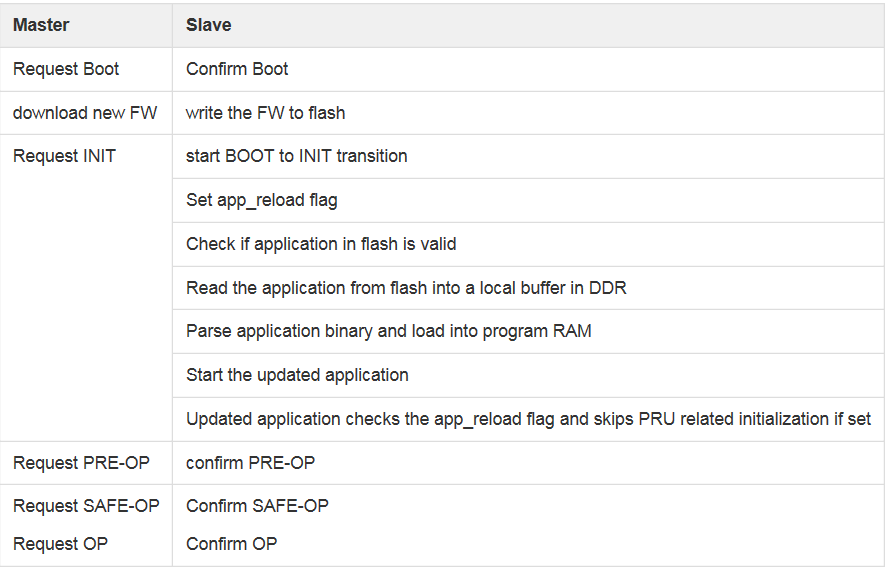Other Parts Discussed in Thread: SYSBIOS, AM4379
Tool/software: Code Composer Studio
Hello,
We are using SDK v.1.1.3.3, XDCtools v3.50.1.12, and SYS/BIOS v6.50.0.10, for our AM3359 based EtherCAT slave device. We observed that once our device has its PRM_RSTCTRL register with either RST_GLOBAL_COLD_SW or RST_GLOBAL_WARM_SW toggled (and hence our device gets reset), other slave devices connected on the same EtherCAT network, will at least temporarily be knocked out of the OP Mode. Can this be avoided, via firmware or SDK changes?
Please advise. Thank you.






